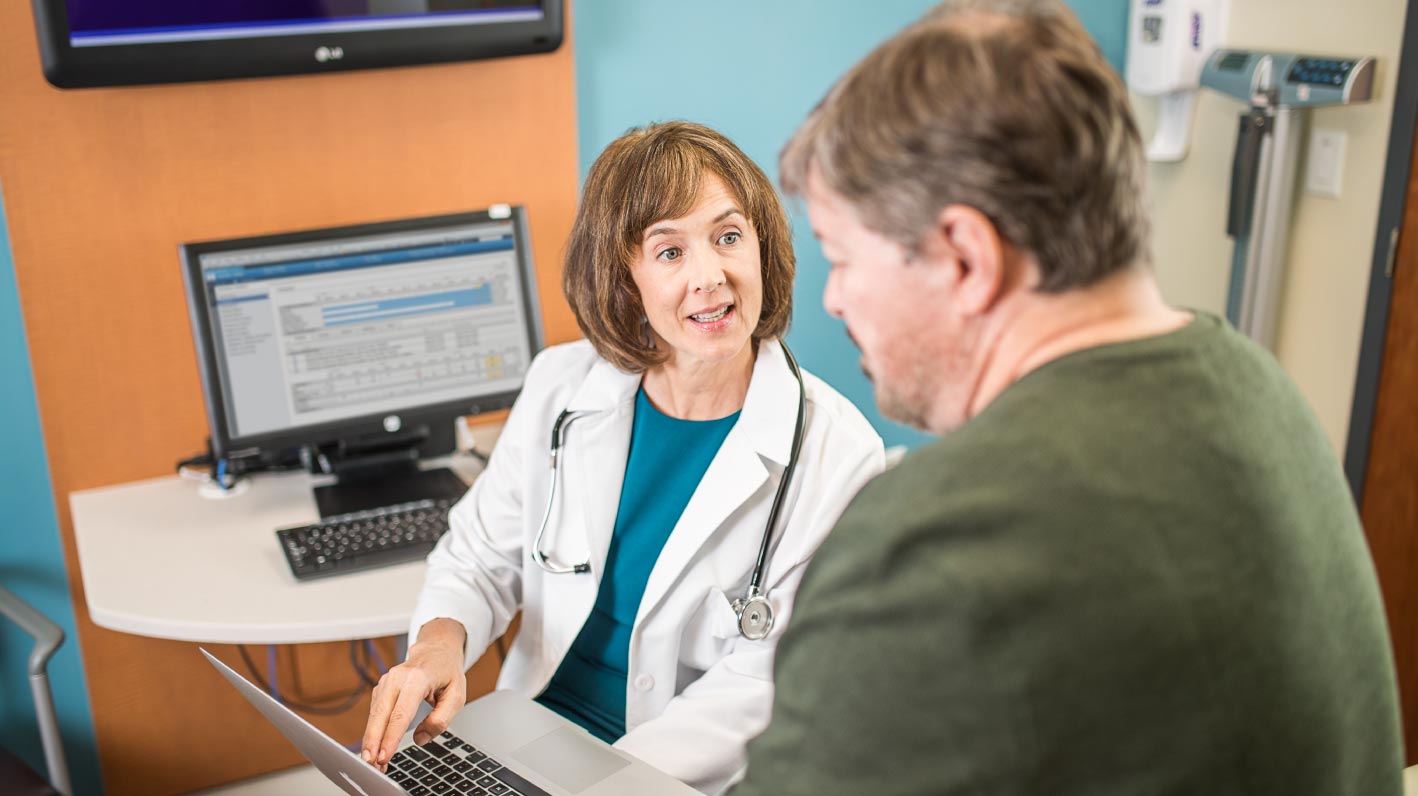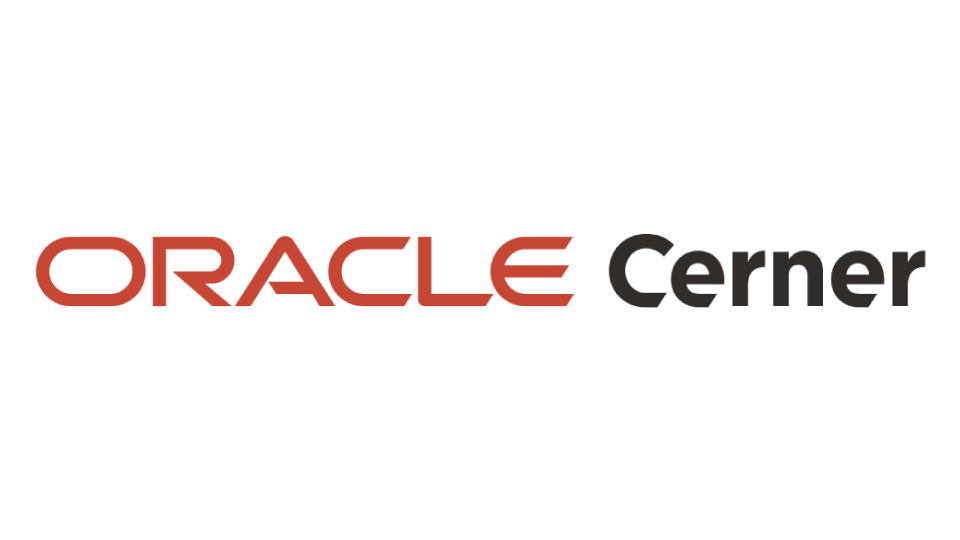The COVID-19 pandemic has forced every aspect of life to adapt, not least healthcare. While the focus has understandably been on the frontline, longer-term strategies have needed to continue as well, something that Cerner and TransForm Shared Service Organization (TSSO) have achieved around the shores of Lake St Clair, Ontario, with the e-VOLVE major remote go-live project.
The process began back in 2013, when five hospitals — Bluewater Health, Chatham-Kent Health Alliance, Erie Shores HealthCare, Hotel Dieu Grace and Windsor Regional — established TSSO to integrate their services and back-office for IT, supply chain and project management functions.
It was envisaged that, as well as providing an exceptional patient experience, improving safety, ensuring continuity of care, and reducing fragmentation and duplication through an optimized, shared system, working as a single entity instead of five separate ones would prove to be financially prudent for all involved.
Achieving these goals would be significant, given that TSSO had to establish new governance and standardization across all parties. On a practical level, the facilities involved were working on paper or standalone digital systems, so the implementation of an integrated electronic health record (EHR) would be a challenge in its own right.
Fortunately, it is a challenge that Cerner has decades of experience in overcoming for tens of thousands of client partners around the world. Having entered the Canadian market over 35 years ago, close to 100,000 users1 now benefit from using Cerner products across 35 organizations in nine of the provinces. A number of these sites are also attaining the highest levels of digitalization on the HIMSS EMRAM scale, denoting that they are significantly or entirely paperless.
Kindred spirits
Partnership is key when carrying out any transformation project, and especially when there are as many moving parts as this one. Happily, TSSO’s vice president and chief transformation officer, Lyn Baluyot, is cut from the same cloth and her experience of working collaboratively to transition organizations from one system to another would prove vital when it came to setting expectations for the short- and longer-term aspirations of the project.
Working together from when the Cerner-TSSO contract was signed in January 2019, it was agreed to establish a regional command centre to bring all the parties under one roof, given the amount of physical paperwork that existed at the time. Fortunately, sufficient progress had been made by the time COVID-19 hit in March 2020, meaning that the pivot to physical distancing and virtual communication would not cause too much upheaval.
This wasn’t the case for similar contemporary transformation projects going on in Canada with other providers. Many felt compelled to down tools, but Cerner and TSSO saw the pandemic as much as a driver as a hinderance — an integrated EHR is the must-have solution when enforced physical distancing is combined with a greater need for health and care providers to have a single source of truth of their patients’ condition.
Online solutions provide real-world results
To reach this stage, the team defaulted to a range of online tools, and ‘Testing Tuesdays’ were established for future users to scrutinize the proposed scripts. Over a three-month period, a total of 32 test scripts were examined alongside all the other usual pre-go-live activities. This process also helped ensure the system was designed by clinicians for clinicians, nipping any potential change management issues in the bud.
Both TSSO and Cerner utilized Microsoft Teams communication, along with screensharing capabilities to assist users with challenges encountered during the process. Providing cross-organization sharing via Teams enabled project leadership to monitor activities surrounding issues and address questions at the solution level. In addition, the Analytics-Driven Conversion Tool (ACT Tool) was utilized by both teams to log and escalate issues along with tracking progress to resolution.
As a result of this innovative online collaboration, Erie Shores Healthcare was able to host a big-bang go-live in September 2020, with the larger Hotel Dieu Grace Healthcare and Chatham-Kent Health Alliance following suit two months later. The largest of the currently live sites, Windsor Regional, joined them in April 2021, meaning that over 1,000 beds and 18,000 staff were now using the Cerner Millennium® EHR to provide for close to 600,000 citizens in the region.
To facilitate adoption and support go-live issues, TSSO set up a command centre for each of the three go-live events and provided on-site adoption support. In conjunction — and due to the U.S.-Canadian border closure — Cerner hosted a virtual command centre along with providing virtual adoption support.
A brighter future lies ahead
Getting the previously autonomous entities to standardize best practices and transform the care they give, as well as going live on time in the face of COVID-19, means that TSSO is already fulfilling part of its role to provide value to its sponsor organizations. Not only does it result in patient data being accessible between sites at a time when it couldn’t be more important, it also means that financial costs caused by overruns do not need to be factored in.
These haven’t been the only benefits experienced by the sites that have gone live. Janice Kaffer, president and CEO of Hotel Dieu Grace, has called the support of staff and physicians “exactly right,” while Windsor nurse practitioner Karl Sweet indicates that having all the labs and notes in one place “really cuts down on the work needed to begin the process of formulating the plan of care for the patient.” Lyn Baluyot is effusive with her summary of the job done so far: “The implementation here has been incredible. The doctors are well bought into the process, they’re excited and they are helping each other if they need it.”
Yet despite these positive signs in the first few months of having a live integrated EHR, this is far from the end of the potential value of the TSSO-Cerner partnership — the further improvement of quality, safety and efficiency will be an ongoing project.
In terms of quality, newer best practices will emerge through live usage of the single source of truth EHR, leading to a reduction in duplication, more detailed clinical support and the ability to better coordinate processes in a timely manner between sites. Nancy Kay, the director of quality risk, professional practice and patient relations at Chatham-Kent Health Alliance, focuses on the greatest value from the scheme: “What you're going to see in the future is that information is shared more easily... that makes things safer for patients when they're in our hospital.”
The e-VOLVE project shows just what can be done through collaboration, strong leadership and defined goals — even when both ordinary and extraordinary challenges are put in the way. It also serves as a proof of concept for this group way of working, the effectiveness of remote go-live measures and the placement of Cerner as a leading partner for healthcare transformation.
1Lights On Network® figures show 19,750 physicians and 77,277 non-physicians were using Cerner products as of September 2021




